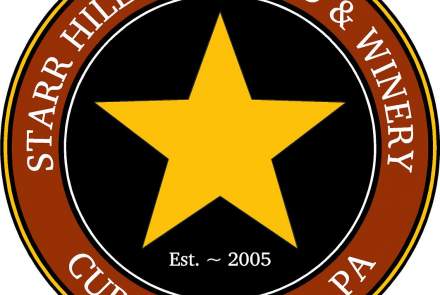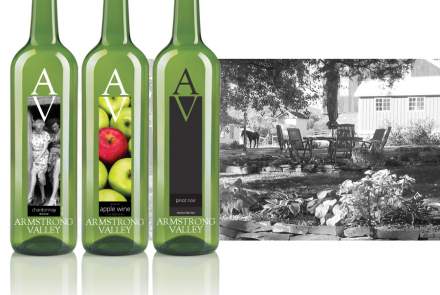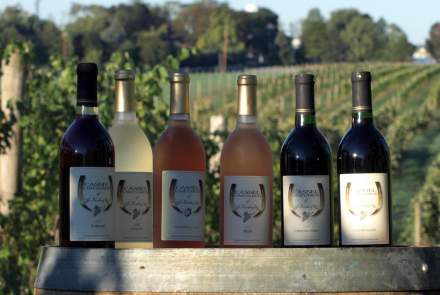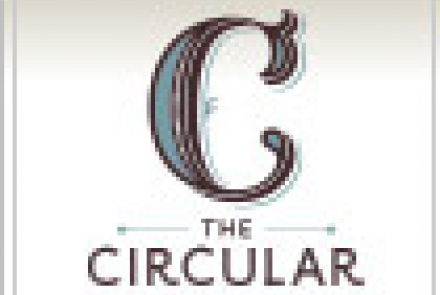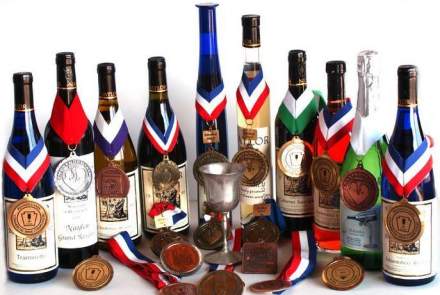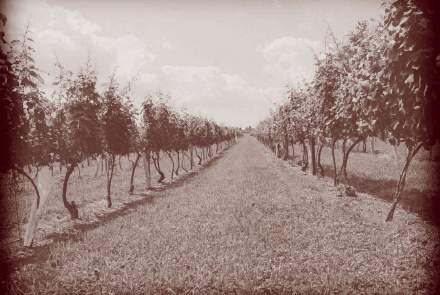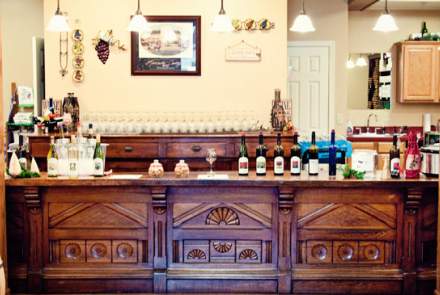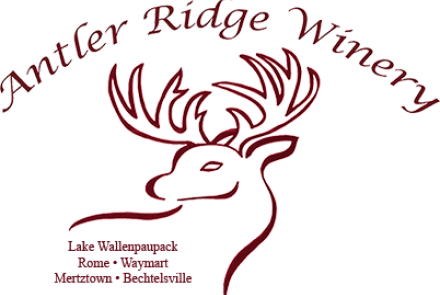Pennsylvania boasts a diverse range of wine regions, each offering unique characteristics and flavors. The state is home to over 300 wineries, spread across five main wine regions: Lake Erie, the Allegheny Plateau, the Piedmont, the Delaware Valley, and the Lehigh Valley.
Lake Erie Region: Located in the northwestern part of the state, this region benefits from the moderating effects of Lake Erie, which creates a favorable microclimate for grape growing. Known for producing Concord and Niagara grapes, the area is also gaining recognition for its vinifera and hybrid varieties.
Allegheny Plateau: This region features higher elevations and cooler temperatures, making it suitable for growing cold-hardy grape varieties. The wines from this area often exhibit crisp acidity and are well-suited for white wine production.
Piedmont Region: Situated in the southeastern part of Pennsylvania, the Piedmont region is characterized by rolling hills and fertile soils. This area is known for its diverse range of grape varieties, including Chardonnay, Cabernet Franc, and Merlot. The climate here supports both vinifera and hybrid grapes, resulting in a wide array of wine styles.
Delaware Valley: This region, located along the Delaware River, benefits from a moderate climate and well-drained soils. It is known for producing high-quality vinifera wines, with a focus on European grape varieties such as Pinot Noir and Riesling.
Lehigh Valley: Nestled in eastern Pennsylvania, the Lehigh Valley is recognized for its limestone-rich soils and favorable growing conditions. The region is celebrated for its Chambourcin, a French-American hybrid grape, as well as other varieties like Cabernet Franc and Vidal Blanc.
Each of these regions contributes to Pennsylvania's reputation as a burgeoning wine destination, offering a diverse selection of wines that reflect the state's varied terroir and climate.



